1
HOME > Health & Fitness >
SWIMMING STROKES TO STRENGTHEN YOUR BACK AND REDUCE PAIN
Written by Menswear Style in Health & Fitness on the 4th October 2023
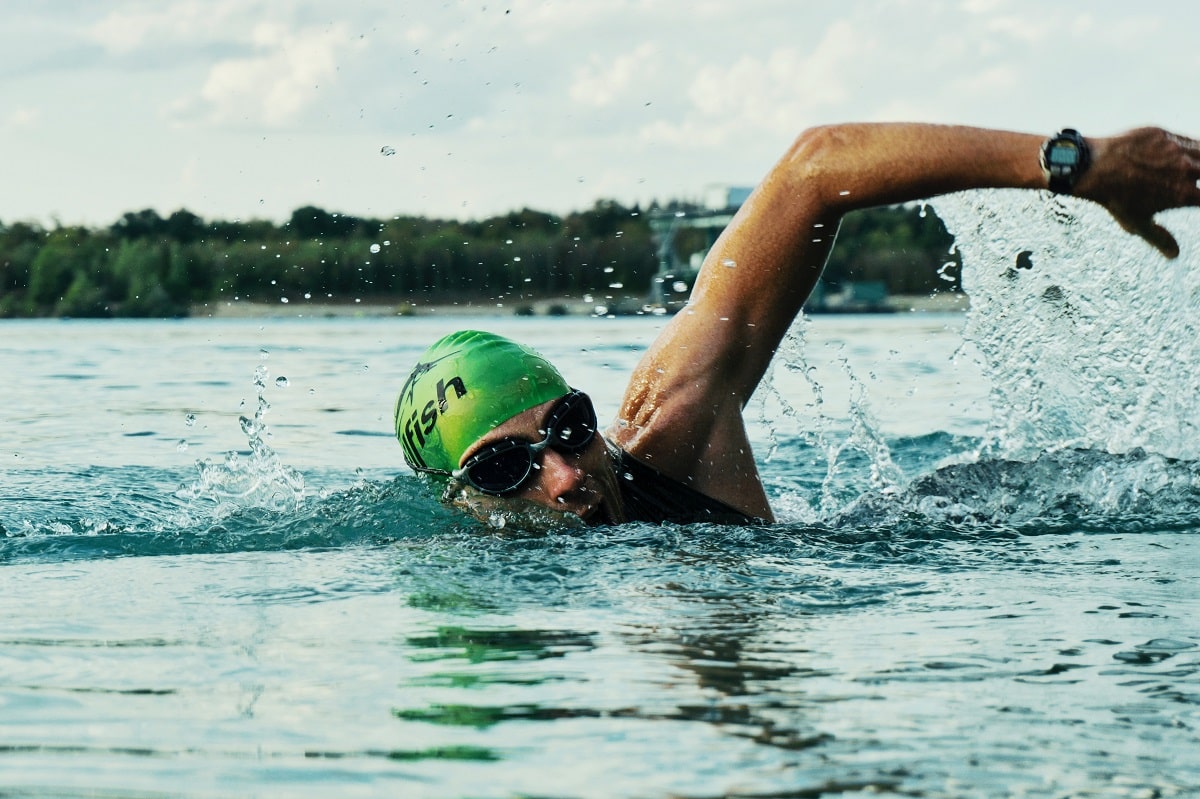
If you suffer from lower back pain, swimming can be a great low-impact exercise to help strengthen your back and core muscles. The water provides natural resistance that challenges your body without placing added strain on your spine. Plus, swimming allows you to move in ways that may not be possible on land due to pain. But not all strokes are created equal when it comes to back benefits. Certain techniques can potentially hyperextend or torque your spine if not done with proper form. That's why it's important to choose strokes that strengthen your back while promoting good alignment.
In this article, we'll overview some of the best swimming strokes to help reinforce your lower back. We'll also provide tips to ensure you swim safely if dealing with back pain issues. With the right approach, you can create an aquatic workout routine that gently improves your strength, flexibility and range of motion. Soon you'll be slicing through that water with ease and relief!

Backstroke
The backstroke is a great swimming stroke for strengthening the back while reducing lower back pain. With this stroke, swimmers lie on their backs in the water with their faces pointing up and arms extended to the sides. The key motion is a synchronised "flutter kick" of the legs along with alternating strokes of the arms. Swimming backstroke helps minimise lower back pain in a few ways. Lying on your back reduces spinal extension and compression compared to front crawl or breaststroke. It also heavily engages the core muscles, strengthening the abdominals and lower back. The hip flexors and glutes are worked during the kicks. This well-rounded workout gently stabilises the spine. Backstroke has many pros beyond back strengthening. It's very beginner-friendly, with the face out of the water for easy breathing. Vision is limited to only what's above you, but this enables relaxation. There's less technique to learn than front crawl or butterfly. It's easy on the lower back and knees. The cons are mainly the inability to see ahead to avoid collisions in crowded pools. It's also not ideal for open-water swimming, where seeing upcoming waves helps. However, the backstroke remains an excellent low-impact exercise for back pain relief.
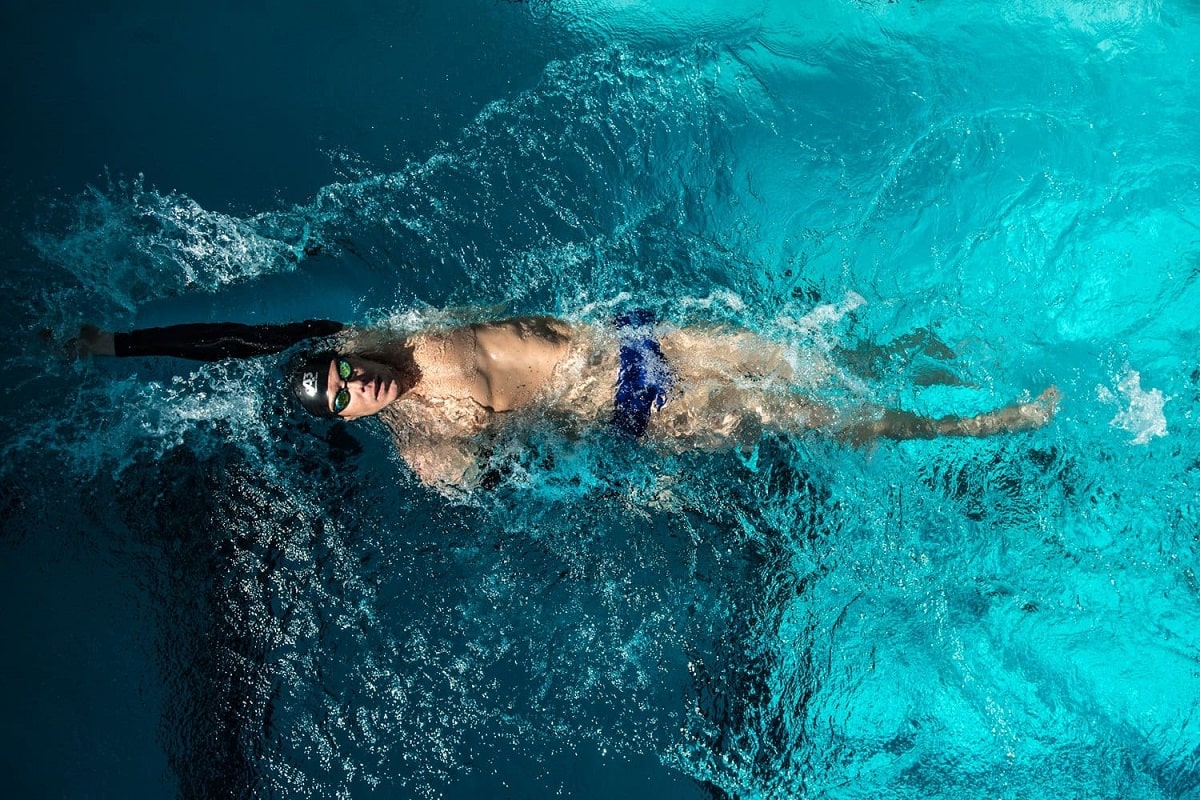
Front Crawl (Freestyle)
The front crawl, also known as freestyle, is one of the most popular swimming strokes. This efficient stroke works the arms and legs simultaneously, making it fast and effective for covering distance. The alternating arm motion and body roll of the front crawl engage core muscles, strengthening the lower back. The rhythmic breathing pattern also promotes a full range of motion in the spine, improving flexibility. When done with proper technique, the front crawl can be highly beneficial for reducing lower back pain. The continuous movement works deep abdominal and back muscles that support the spine. Kicking from the hips activates the lower back and glutes. Rotating the body to alternate breathing expands the rib cage fully, preventing stiffening of the spinal joints. The horizontal body position also decompresses spinal discs, allowing them to regenerate. While easy to learn, mastering the front crawl does require practice. The tricky two-beat breathing cadence needs coordination to avoid strains. Torsional forces on the lower back must also be minimised through proper body roll and hip motion. But with focused technique, the front crawl can be safely swum for effective lower back strengthening. This versatile stroke packs a one-two punch, working the cardio system while also targeting core muscle groups. Just a few laps of the pool can stretch and strengthen the back for pain relief.
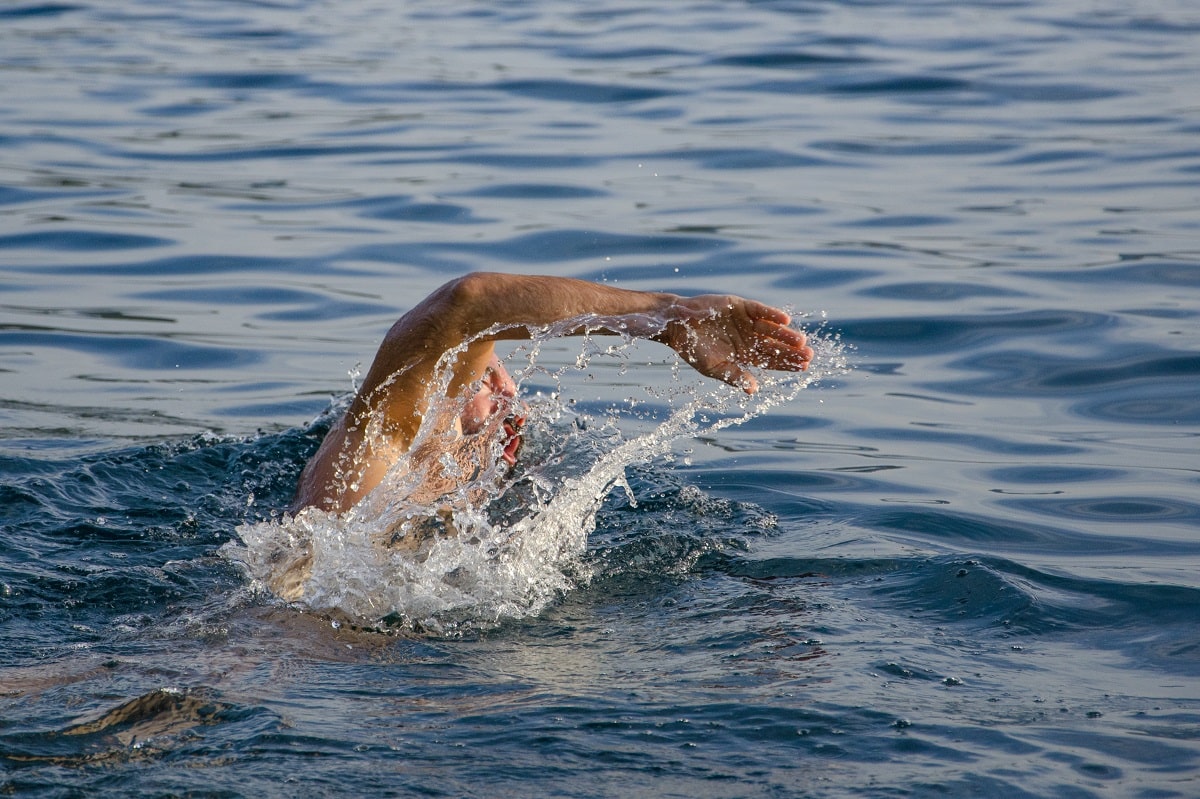
Breaststroke
The breaststroke is a swimming technique that involves bringing the arms together in front of the chest and extending them outward while simultaneously kicking the legs in a "frog-like" motion. When performed correctly, this stroke engages the core muscles and mobilises the entire spine, making it a great option for strengthening the back and reducing lower back pain. One of the main benefits of breaststroke for back pain sufferers is that it works several muscle groups at once. As you pull your arms back towards your chest, you'll feel your lats and upper back muscles engaging. Meanwhile, the frog kick targets your glutes, hamstrings and inner thighs. This coordinated movement strengthens the muscles surrounding your spine, improving overall stability. The undulating body motion also encourages spinal mobility as you move through the water. However, the breaststroke does have some drawbacks. It's typically the slowest competitive swimming stroke, so it may not be ideal for cardio conditioning. Proper technique is also crucial - if the back becomes overly arched, it can lead to hyperextension and strain. New swimmers may find the timing and coordination of the stroke more challenging to master. But with practice, the breaststroke can be a low-impact yet highly effective way to mobilise the back while building core and leg strength.
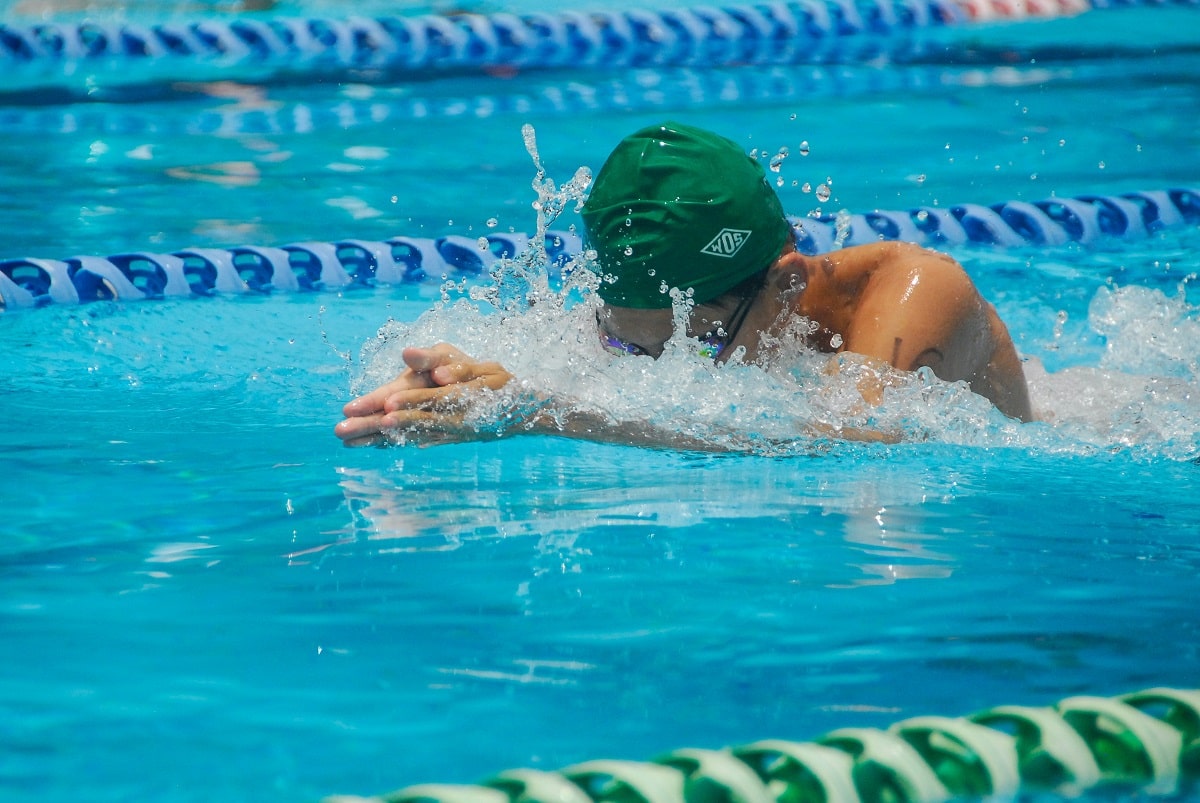
Tips for Swimming Safely with Lower Back Pain
If you're dealing with lower back pain, swimming can be a great low-impact activity to help strengthen your back without further aggravating your condition. But it's important to take some precautions before diving in. First, consult your healthcare provider to make sure swimming is appropriate for your situation. They can offer guidance on strokes or movements to avoid that could potentially make your pain worse. When you do start swimming, be mindful of your form. Proper technique is crucial - avoid jerky motions or overextending your back, and focus on controlled, smooth movements. Kick from your hips, not your knees, and keep your core engaged throughout. Consider using a pull buoy between your legs to isolate your upper body. And don't push yourself too hard too soon - ease into swimming gradually. It's also wise to vary your strokes during a swim session. For example, mix some backstrokes in with breaststroke or freestyle laps. This will work your back muscles through different ranges of motion for a balanced workout that strengthens without overtaxing any one area. You can further supplement your pool time with stretches or exercises using pool noodles or kickboards to target your lower back. With the right precautions, swimming can be a gentle yet effective way to improve back strength and achieve pain relief.
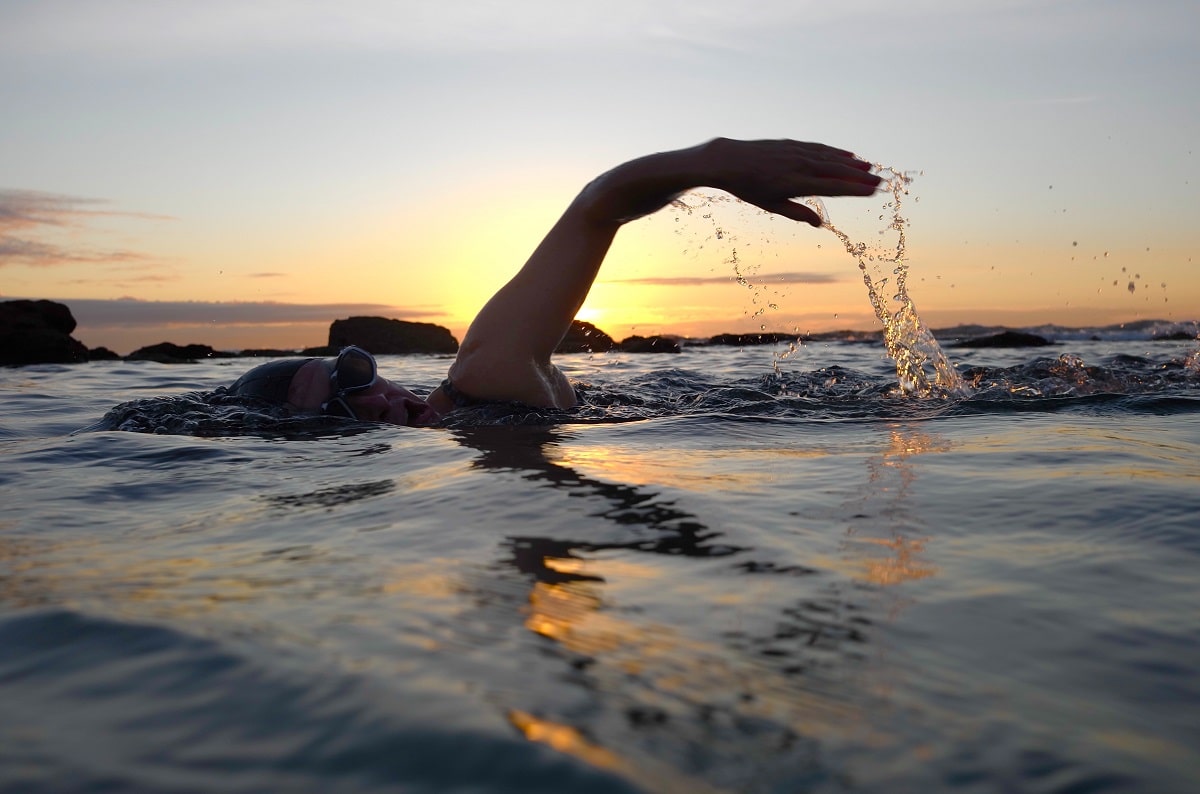
Conclusion
Swimming can be an excellent form of exercise for strengthening your back and managing lower back pain. But as we've covered, it's vital to choose strokes that reinforce good spinal alignment and engage your core muscles. Experiment with different techniques like the backstroke, breaststroke or freestyle to determine which allows you to move in a controlled manner without discomfort. Don't be afraid to try pool exercises as well - kicks with a board or stretches with a noodle can target back muscles from new angles. The most important thing is to listen to your body and avoid movements that exacerbate your pain. Consult a physical therapist or swim instructor if you need help perfecting your form. They can provide expert coaching and modifications to make swimming work for your individual back situation. With the right approach, you'll find the water both soothing and strengthening. Soon you'll be floating, kicking and stroking your way to a healthier, happier back!
Trending
2
3
4
5
6
7
8
9
10









